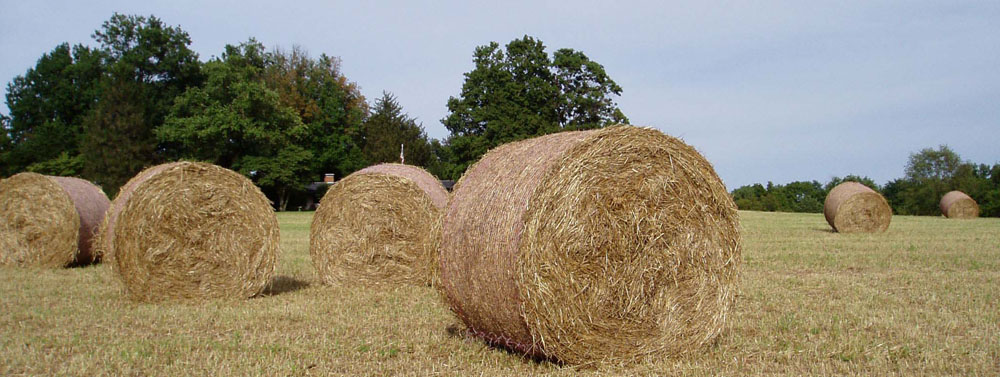Discovering the Value of Community – Secret Life of Rural Communities
What is the value of a local home high school football game?
How about the value of a community service organization?
When I began my teaching career in undergraduate economics, I also moved back to my ancestorial home, Greenville, Illinois, population 7,000 people. Greenville is a very rural county inside the St. Louis Metropolitan Statistical Area. That makes it a rural metro county. It has that standing because a significant number of Bond County, Illinois commute to St. Louis for employment. Greenville is 45 miles east of St. Louis, Missouri on Interstate-70.
I ended up teaching a two-semester undergraduate economics series for 8 years. I used a well-written popular textbook that my predecessor had used, Economics: Private & Public Choice, 17th Edition, by James D. Gwartney, Richard L. Stroup, Russell S. Sobel, and David A. Macpherson. It was conservatively biased and covered microeconomic and macroeconomic topics. The conservative bias allowed me to diverge from the traditionally conservative perspective while minimizing student confusion. Well, …at least in my own mind.
The best part of the text choice for me was that in the 700 pages of thoroughly documented, traditional economic thought, neither of the two starting questions could be answered. I told the students in the second semester classes when we covered rural wealth creation, that we were on a frontier that was not covered in the familiar textbook.
USDA, Economic Research Service (ERS), published a report on rural wealth creation, Rural Wealth Creation: Concepts, Strategies, and Measures, by John Pender, Alexander Marré and Richard Reeder, March 2012. This provided us with eight types of community capital:
- Natural
- Physical
- Human
- Intellectual
- Financial
- Political
- Cultural
- Social
Our text covered the first 4 types of capital well, with inferences around the 5th (financial capital). But the ERS Report gave us the last 3 types: political, cultural, and social capital. These are the community shaping resources: power, values, and connections.
The second semester economics class had a semester rural wealth creation project to compare the mission, outputs, and inputs of a local for-profit entity and a not-for profit entity. The principal intention was that students could see that not-for-profits had budgets and often payrolls just like the for-profit businesses. They had different missions, outputs, and resources, but they both had structure.
To get young adults thinking critically about difficult-to-monetize capital resources we practiced. One of the exercises was to pick 10 entities from a list of 30, and check the types of capital each group requires. It was an unusual exercise. For me as the teacher, I mostly wanted the class to dive in and get messy. Out of a class of 30 students, there were at least 5 or 6 different interpretations of what I was asking them to do.
I worked very hard at making the instructions clear and intuitive, but many of the students had never heard of a cemetery picnic, cheese fest, or a hummingbird festival. So, the descriptive statistics in this chart have limited value. One thing this chart does do, though, is characterize different allocations of community capital.
These six community groups in this chart all pulled high scores for social, cultural, and human capital. Volunteer labor is a common denominator for community groups, and really, all the difficult-to-monetize benefits. A key post about this is, Grit and Joy of a Rural High School Concert – Secret Life of Rural Communities. This post also answers some of the context of evaluating the benefit of a rural high school concert. This post on high school concerts also reviews previous rural wealth creating articles.
In today’s chart, The Bond County Farm Bureau was included to highlight political capital. Farm Bureau as an industry association has a policy shaping side to it that reaches from the county, to state, to federal policies impacting agriculture.
The last curious popular cluster of influence is in the natural capital area. Three of the six groups have to do with nature, the Farm Bureau, the Park District, and the Garden Club. Again, what is the benefit of summertime, team-building, self-discovering activities for youth in a local park district? Or, of the flowers and ornamentals that perk up the community operated by volunteers (Garden Club)?
What is the value of a home high school football game? We are still working on it. Since they are non-monetizable benefits, it is not easy to put a dollar value on them. But they bring the community together.
- Neighbors and family reconnect and check in.
- Business associates share the latest news.
- Students on the football team, pep band, and cheerleading all learn to try and fail, and try some more and prevail.
- They are embraced collectively and affirmed by parents, family, neighbors, and local businesses.
- Most of the adults and parents grew up at high school football games. So there is an intergenerational benefit.
The first step is to build a discipline of looking at these vital, and difficult to measure benefits. It isn’t only the easy to measure aspects. It does cost money to have football, band, and cheerleading programs, for which there is never enough funding. The dollar component is real and undeniable. But the reason they continue to happen, even with limited budgets, is that the benefits to communities, parents, and students vastly outweigh the costs. The same is true for all community service organizations. And volunteers provide the resources.



Comments
Discovering the Value of Community – Secret Life of Rural Communities — No Comments
HTML tags allowed in your comment: <a href="" title=""> <abbr title=""> <acronym title=""> <b> <blockquote cite=""> <cite> <code> <del datetime=""> <em> <i> <q cite=""> <s> <strike> <strong>